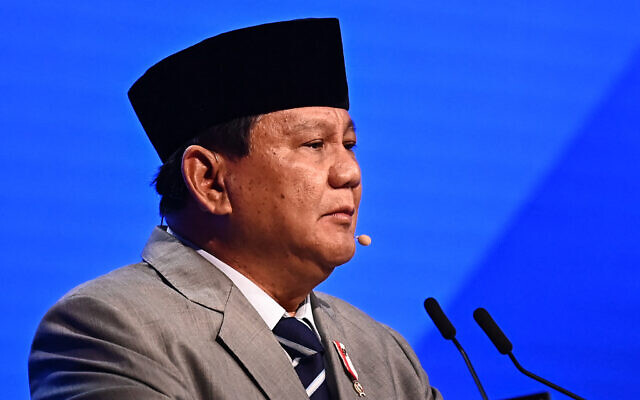RI needs 210 GW of renewable energy to phase out fossil power plants | INSIDER
November 28, 2024

President Prabowo Subianto’s vision of achieving the net zero emission target by 2050 should be accompanied with more ambitious plan of actions than mere building 75 gigawatts (GW) of renewable energy-driven power plants, an energy analyst says.
Katherine Hasan, Analyst at the Center for Research on Energy and Clean Air (CREA), says that as much as 62 percent of Indonesia’s electricity supply − both connected to the State power utility PLN network (on grid) and independent providers (off grid) − comes from coal. The plan to stop using fossil fuel power plants by 2040 is a major breakthrough that Indonesia should set more ambitious green energy targets.
“The recently announced target of an additional 75 GW of renewable energy and 5 GW of nuclear by 2040 will only generate fossil-free electricity for about 35 percent of the projected national electricity demand. This means that the target must be more than doubled for President Prabowo’s vision to become a reality,” Katherine said as quoted in a statement on November 28, 2024.
Considering the projected growth in electricity demand, the adoption of the 75 GW target also means that there is still room for additional fossil fuel-based power plants.
CREA estimates that − if the target for additional renewable energy remains at 75 GW − the addition of fossil-fueled power plants may actually increase by 160 percent from 2022 to 2040. Subsequently, the 75 GW target is also much lower than what is stated in the Comprehensive Investment and Policy Plan (CIPP) document of the Just Energy Transition Partnership (JETP), which aims for an additional 210 GW of non-fossil power generation by 2040 and achieving 80 percent renewable energy share in the same period.
Lauri Myllyvirta, Lead Analyst at CREA, emphasized that the plan presented by President Prabowo should be aligned with the power plant investment roadmap contained in the JETP CIPP document.
“We also ask that the government continue to work on removing the barriers that have heretofore stymied the take-off of low-cost clean power sources in Indonesia in order to assure that the goals laid out in the plan are fully realized within the proposed timeframe,” Lauri said.
The adjustment of renewable energy targets to align with the vision of phasing out fossil fuels by 2040 represents a major opportunity for Indonesia to attract investment.
“Beyond the US$235 billion investment planned by PLN for 100 GW of additional capacity, the increased ambition to meet the JETP CIPP clean energy target will generate nearly US$200 billion of investment from an additional 130 GW of renewable energy capacity,” Katherine said.
She said further that phasing out coal-fired power plants will bring huge health benefits.
Currently, coal-fired power plants are responsible for 10,500 annual deaths and an economic burden of US$7.4 billion in Indonesia. Truly fulfilling President Prabowo’s vision of no more coal-fired power plants would not only be in line with the Paris Agreement’s 1.5 degree target, but would also help Indonesia avoid a cumulative total of 182,000 air pollution-related deaths and US$130 billion in health costs from 2024 until the end-of-life for all coal powered power plants.
“President Prabowo’s vision for a 2040 fossil power phase-out may indicate a turning point for Indonesia. As we enter this pivotal moment for energy transition, nationwide efforts and international support in line with this vision will bring tremendous benefits for all citizen, not only from sizable investments in clean energy development, but also immediate gains from air quality improvements,” Katherine said.
“However, realizing this goal will require strong leadership as well as for all stakeholders involved, particularly investors, to see the plan’s potential and grasp the vast economic opportunity at hand,” she added.
Search
RECENT PRESS RELEASES
Related Post



